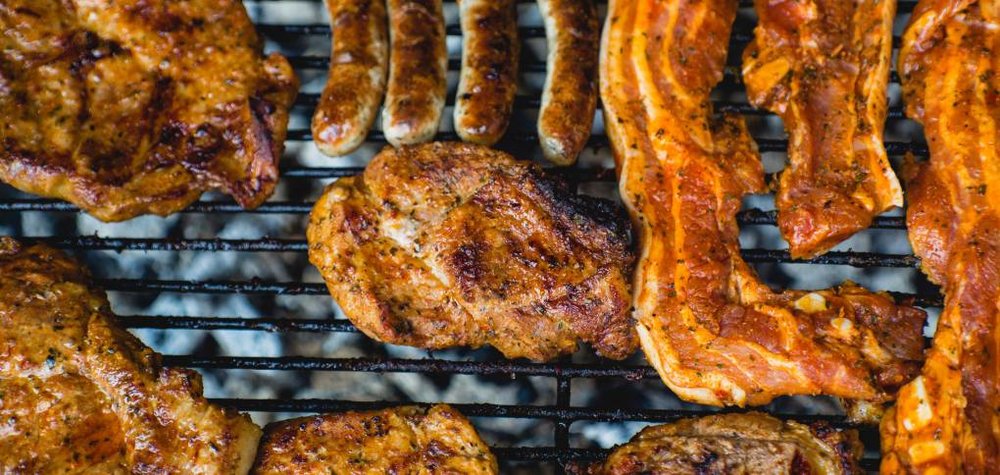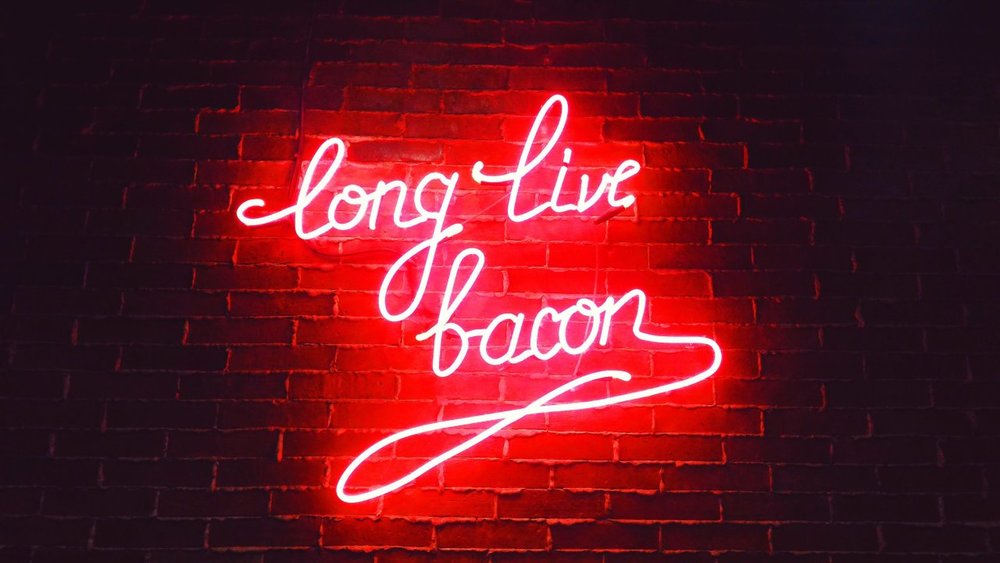Have you ever seen a commercial of any diabetes drug? You might have heard the term ketoacidosis referred as a side effect. While the term itself sounds quite similar to the term ketosis, in reality they both are quite different from one another.
What is Ketosis?
Ketosis is the name given to that state of the body during which fat is burned instead of carbohydrates to produce energy, resulting in the loss of weight. To achieve of a state of ketosis, a person follows a low-carb, high-fat high-protein diet on a consistent and sustained basis.
The state of ketosis is not achieved as easily as you may think. To achieve and maintain it, you must keep consuming a diet that typically includes 30% of protein, 60% of fat, and only 10% of carb. Intake of such a low amount of carbs causes your body to burn fat instead of glucose (since glucose is not available in enough amount) to fulfill its energy requirements.

It takes a considerable period of time for your body to become fully comfortable with ketosis. Since ketosis has its side effects, many people experience lethargy and gastrointestinal problems during state of ketosis. This is why diarrhea is often reported by people who are following a keto diet.
Then What Is Ketoacidosis?
Ketoacidosis is a state often experienced by people who suffer from Type 1 diabetes. This happens because type 1 diabetes patients do not produce enough insulin in their body, as their body’s immune system attacks those cells in the pancreas which are responsible for the production of insulin.
Hence, due to considerably low levels of insulin in their body, glucose fails to be converted into energy, which results in a state called ketoacidosis.
The function of insulin is conversion of glucose into energy. When insulin levels in the body are not enough to make this happen, then the level of blood sugar increases dramatically, causing other abnormalities. In order to cater this situation, type 1 diabetics usually inject insulin in their body.
During this time that insulin levels drop below normal levels, their body start burning fat to produce energy, which is what happens during ketoacidosis. Also, in the state of ketoacidosis, fats in the body are burned in excess in such a way that ketones are overly produced because of this.

This overproduction of ketones causes the blood of diabetics to become super acidic, which in turn has a negative impact on the normal functioning of organs in the body. Because insulin in diabetic patients cannot be produced naturally anymore, therefore a person suffering from diabetes produces ketone bodies at faster pace than a normal person who is following a keto diet.
A diabetic person whose body is experiencing ketoacidosis, if he or she does not inject insulin to normalize insulin levels in the body and instead is given an IV, then there are high chances of him or her dying within 24 hours.
Luckily, those undergoing a state of ketoacidosis could seek immediate help because the symptoms of ketoacidosis are pretty clear. A person may experience heavy breathing, rapid increase in heartbeat, a need to pee more often than usual, and an unquenchable thirst.
A person may also experience confusion at later stages if help is not sought immediately. This happens because of cardiovascular collapse during which the pH level of the blood becomes too low.
Is There Any Connection Between Ketosis and Ketoacidosis?
Yes, there is a loose connection between both states. They both are similar in a way that ketones in the body are produced and fat is burned to release energy. But unlike ketosis, the ketone bodies in ketoacidosis are overly produced and reach dangerous levels.
Ketosis happens because a person is following a keto diet while ketoacidosis happens to a person suffering from type 1 diabetes. A person on a keto diet may experience ketoacidosis as well, but that is a very rare condition and might happen only because of a carbohydrate intake below the normal levels suggested in the keto diet (usually 50 grams per day).

One case had been reported in the year 2006 in which a woman was following a very low-carb diet (i.e. less than 20 grams per day). Her body experienced ketoacidosis even though she was not suffering from type 1 diabetes. She eventually recovered after following a normal diet plan.




